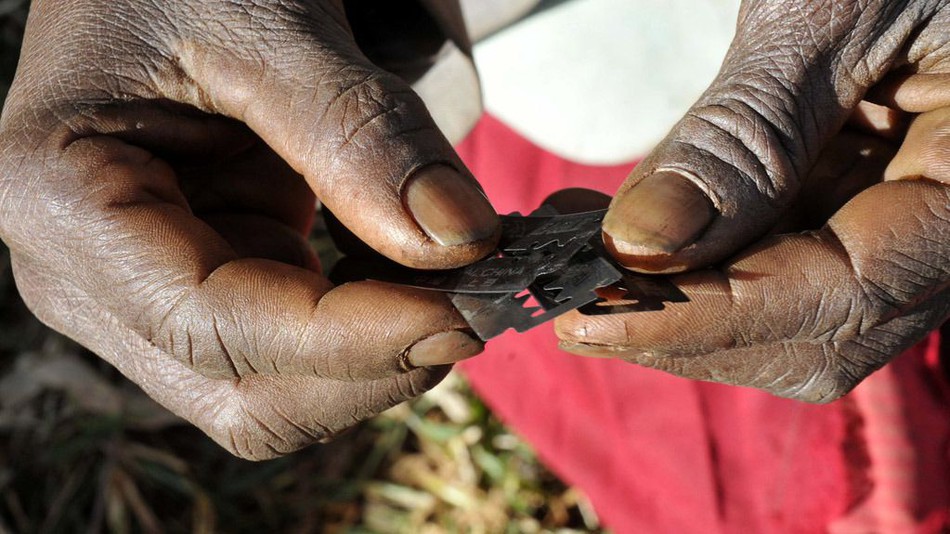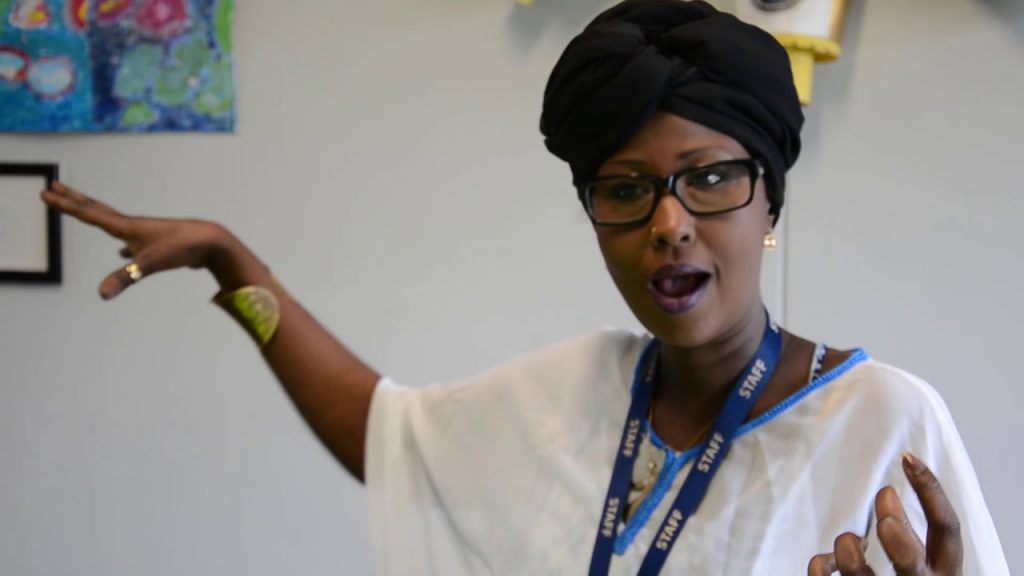Not only have the girls from Keur Simbara not gone through what I went through as a child, but they won’t even know what cutting is
I’ve been campaigning for an end to female genital cutting, something I experienced at the age of 7 in my home country of Somalia, for the last 15 years. With millions of women and girls affected around the world by cutting, the removal of a girls’ external genitals for non-medical reasons, this is an issue that’s close to my heart.

As a survivor, I know the harmful consequences of cutting well, and I’ve used my personal experience of years of complications and surgeries as my motivation to bring about change. I’m a nurse, an activist, and I work as a community outreach project manager, talking about cutting in schools in London, Britain, which has been my home since 1997.
After many years dedicated to protecting girls from being cut, I was recently sponsored by Orchid Project to go to Senegal, where a grassroots movement to end cutting has spread to nearly 9,000 villages across West Africa. I went to learn from the inspiring Senegalese women and men who sparked this movement, in partnership with a local organisation, Tostan. What I saw there has been life changing.
In this beautiful country, where peanut sellers line the streets and you can drink sweet juice made from the country’s national symbol, the striking baobab tree, I learned how human rights and a development programme that is truly led by the community has resulted in real, lasting change.
As part of a 10-day training, I learned about community wellbeing, human rights, supporting communities to envision their future and, most incredibly, I learned how villages in West Africa have abandoned cutting.
I visited Keur Simbara village, where in 1995 the community came together to publicly declare that they will no longer cut their daughters. Not only have the girls here not gone through what I went through as a child, but they won’t even know what cutting is. As a survivor, a 40 year old woman, I never in my life thought I would see that.
This village had achieved its ambitions of having a healthy, happy community, which they say was possible after learning about the right to health, to bodily integrity, to be free from discrimination. These rights are integral, now, to their values as a community.

